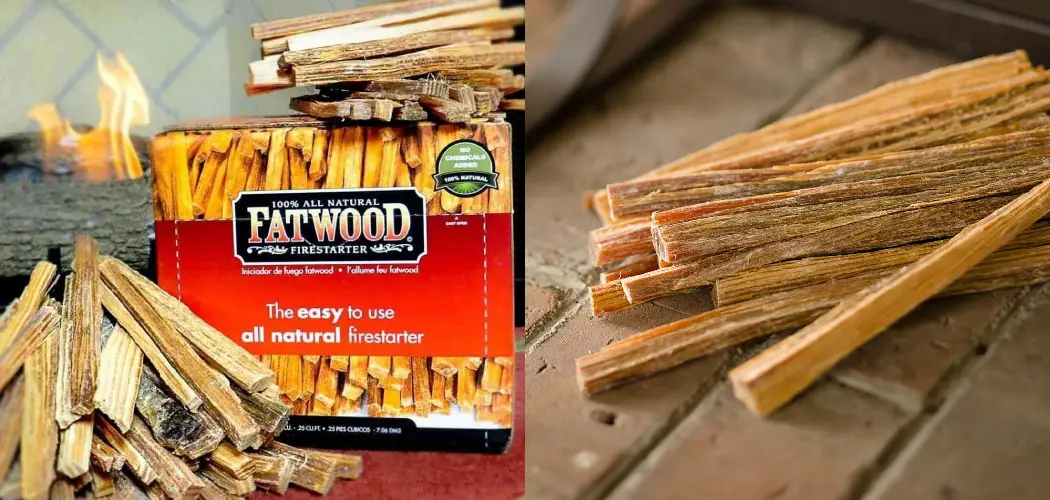Did you know that a fatwood fire starter is an all-natural way to start your fireplace or outdoor fire pit? Fatwood is a term used for wood that has a high resin content. The resin acts as a natural firestarter, so you don’t need to use any lighter fluid or chemical starters.
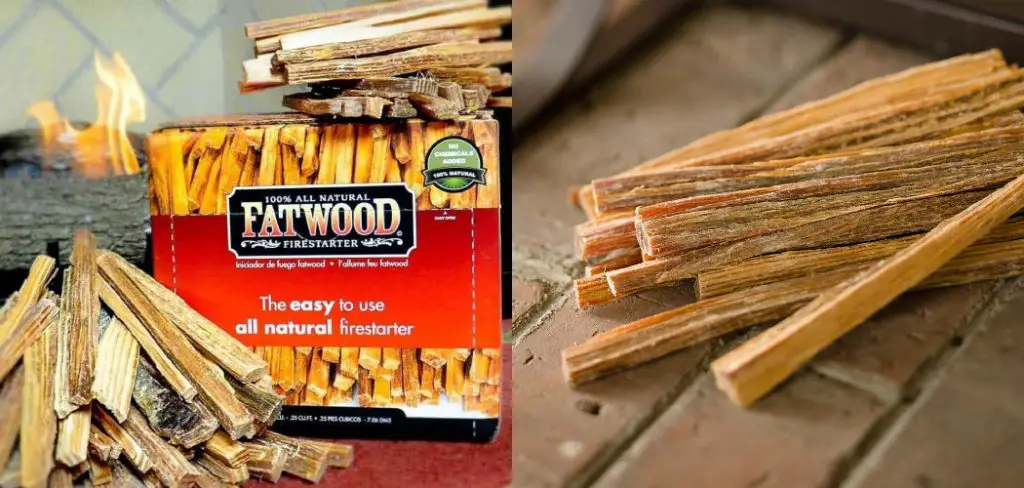
This blog post will tell you how to use fatwood fire starter. We’ll also share some tips on how to store and use fatwood safely. So, whether you’re looking to start a cozy fire in your fireplace this winter or you want to enjoy a warm summer night around the campfire, read on for all the information you need on using fatwood!
Summary: In order to start a fire using fatwood, you will need the following supplies: – Fatwood – Knife – Firestarter (such as kindling or tinder) First, cut the fatwood into small pieces that you can easily carry in your hand. Then, place the pieces of fatwood on top of the tinder or kindling and use your knife to make small cuts into the fatwood. Finally, light the fatwood with your fire starter and enjoy your warm fire!
What Causes Fatwood to be So Resinous?
Fatwood is resin-rich wood that comes from stumps and roots of pine trees. The high resin content results from the tree’s natural defense mechanism. When a pine tree is cut down, the stump and roots are still alive and trying to grow. In order to protect itself, the tree produces resin.
This resin is a sticky, flammable substance that helps the tree heal its wounds and ward off predators. Another reason fatwood is so resinous is that it’s often found in areas with poor drainage. When the tree stump or roots are constantly wet, the resin doesn’t have a chance to evaporate. This makes the resin even more concentrated and, thus, more flammable.
Additionally, fatwood is often found in old-growth forests. These forests have hundreds of years old trees, and the stumps and roots of these trees are incredibly resinous. Lastly, fatwood is sometimes called “lightning wood” because it’s often struck by lightning. The electric charge from the lightning ignites the resin, causing the tree to burn from the inside out.
Why Should You Use Fatwood Fire Starter?
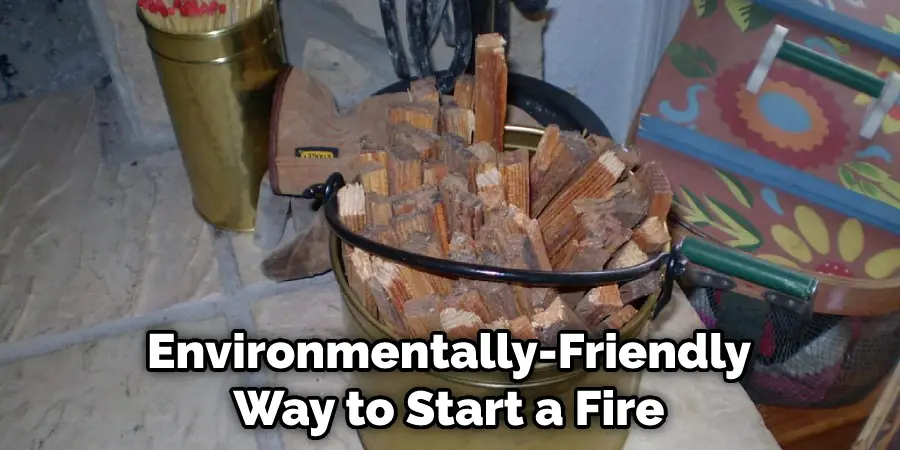
There are many reasons to use a fatwood fire starter. The most obvious reason is that it’s an all-natural and environmentally-friendly way to start a fire. Fatwood is a renewable resource, so you can feel good about using it. Additionally, fatwood is very easy to light. The resin is highly flammable, so all you need is a match or lighter to get it started.
Once the fatwood is lit, it will burn for a long time. This makes it ideal for starting a fire in a fireplace or outdoor fire pit. The long-burning nature of fatwood also makes it great for cooking fires. Fatwood is the perfect fire starter if you plan to cook over an open fire. It will help you get the fire hot enough to cook on and maintain consistent heat throughout the cooking process.
Another reason to use a fatwood fire starter is that it’s very safe. Unlike lighter fluid or chemical starters, fatwood doesn’t give off any toxic fumes. This makes it a great choice for indoor fires. If you have small children or pets, you can rest assured that the fumes from the fatwood won’t harm them. Additionally, fatwood is very easy to store. You can keep it in a dry, cool place until you’re ready to use it.
Step by Step Guide on How to Use Fatwood Fire Starter
1. Gather Materials
The first step is to gather your materials. You’ll need some fatwood, a knife, and a match or lighter. If you’re using fatwood from a stump or root, you’ll need to use a sharp knife to chop it into smaller pieces.
You can also buy fatwood that’s already been cut into small pieces. Gather enough fatwood to create a small mound in the center of your fireplace or fire pit. If you’re planning on cooking over the fire, you’ll need to gather some additional wood for fuel.
2. Find a Suitable Location
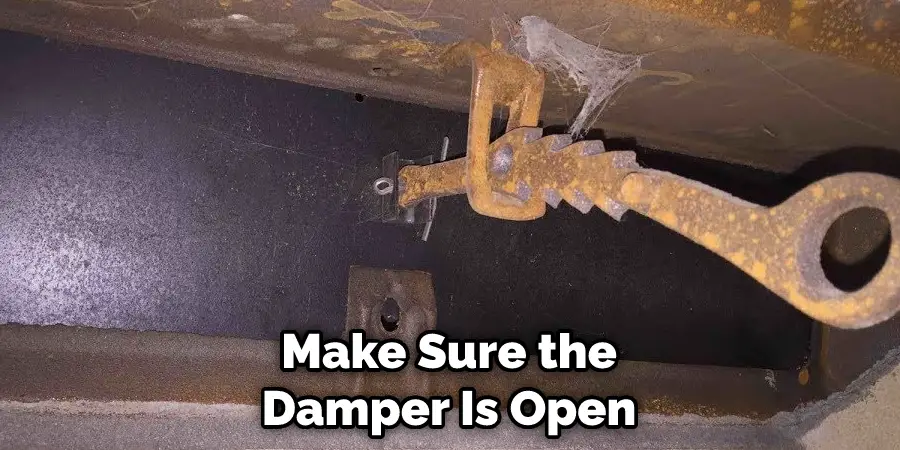
The next step is to find a suitable location for your fire. Try to find a spot that’s away from any flammable materials. If you’re starting a fire in your fireplace, make sure the damper is open. If you’re starting a fire outdoors, find a spot that’s clear of any low-hanging branches.
You should also have a water source nearby in case the fire gets out of control. If you’re using a fireplace or fire pit, make sure the area is clear of any flammable materials. If you’re planning on cooking over the fire, make sure there’s a grill or grate in place.
3. Prepare the Area
Once you’ve found a suitable location, it’s time to prepare the area. Remove any ashes from the previous fire if you’re using a fireplace or fire pit. If you’re starting a fire outdoors, clear a 10-foot area around the planned fire site. This will help prevent the fire from spreading. Try to clear the area down to the dirt. Once the area is prepared, it’s time to start building your fire. Avoid building a fire too close to any flammable materials.
4. Cut the Fatwood into Pieces
If you’re using a stump or root, the first step is to cut the fatwood into pieces. You’ll need to use a sharp knife to chop the fatwood into small pieces. First, cut the fatwood into lengths that will fit easily into your fireplace or fire pit. Then, cut the pieces into smaller ones about 2-3 inches long.
The pieces should be small enough to fit easily into the palm of your hand. If you’re using store-bought fatwood, you can skip this step. The fatwood should already be cut into small pieces. You can also buy fatwood that’s already been cut into small pieces. Once the fatwood is cut into small pieces, it’s time to start building your fire.
5. Create a “Teepee” Structure
The next step is to create a “teepee” structure with the fatwood pieces. Take three or four of the pieces and arrange them in the center of your fireplace or fire pit. The pieces should be arranged so that they resemble a teepee.
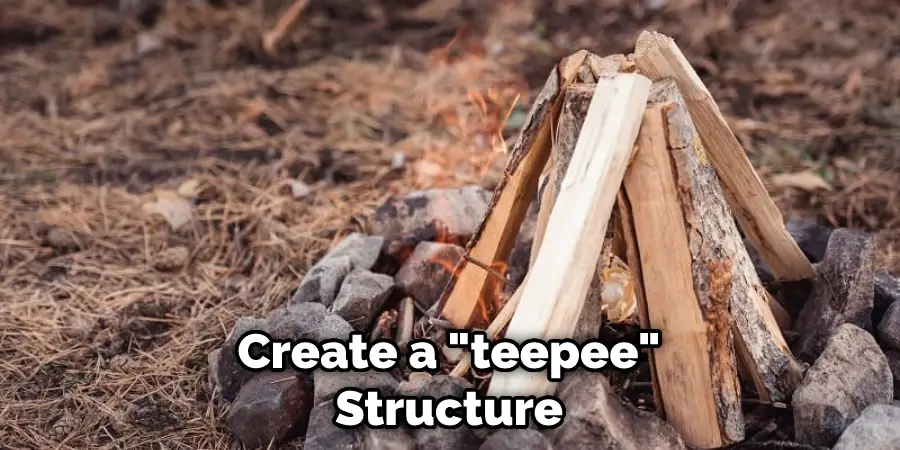
To make the teepee structure more stable, you can use a larger piece of fatwood as the center support. If you’re using a store-bought fatwood, you can skip this step. The fatwood should already be cut into small pieces.
6. Add Tinder to the Teepee
Tinder is a material that ignites easily and burns quickly. This is what you’ll use to start your fire. Some common tinder materials include dry leaves, paper, and wood shavings. To add tinder to your teepee, simply place a small handful of the material inside the structure. Make sure the tinder is dry and free of any moisture.
7. Light the Fire
Once the tinder is in place, it’s time to light the fire. Use a match or lighter to Ignite the tinder. Once the tinder is lit, the fire will start to spread. Add additional fatwood pieces to the fire as needed. If you’re using a fireplace, be sure to open the flue before lighting the fire. Try to avoid adding too much wood at once. This can cause the fire to smolder and produce a lot of smoke. If you’re using a fire pit, you can add additional wood as needed.
8. Enjoy the Flames!
Once the fire is lit, sit back and enjoy the flames. If you’re using the fire for cooking, be sure to keep an eye on the food. You’ll need to add additional wood to the fire as needed to keep it going. When you’re done, be sure to extinguish the fire completely. If you’re using a fireplace, close the flue. If you’re using a fire pit, douse the flames with water. Once the fire is out, make sure the area is safe before leaving.
Tips and Warnings on How to Use Fatwood Fire Starter
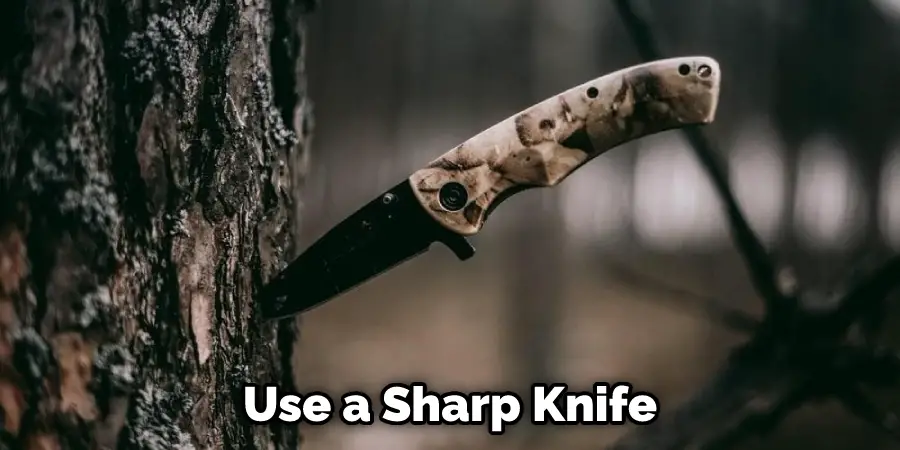
Tips:
- Look for a piece of fatwood that is about the size of your forearm and has a good amount of resin on it.
- Use a sharp knife to whittle away any bark from the piece of fatwood. This will help the resin to catch fire more easily.
- If you can, find a way to prop the piece of fatwood up so that it is elevated from the ground. This will help the fire to spread more evenly.
- Use a lighter or matches to ignite the resin on the piece of fatwood. Once it is lit, blow gently on the flame to help it grow.
- Allow the flame to spread to other pieces of wood before adding more logs to the fire.
Warnings:
- Be careful when handling fatwood, as the resin can be flammable and cause burns.
- Always use caution when starting a fire, as it can quickly get out of control.
- Do not leave the fire unattended; ensure to extinguish it completely before leaving the area.
- Never use gasoline, kerosene, or other flammable liquids to start a fire. These can be very dangerous and cause an explosion.
- Be aware of your surroundings and make sure there is nothing flammable nearby that could catch fire.
- Never try to extinguish a fire with water. This will only spread the flames and make the situation worse.
Where to Find Fatwood?
Fatwood, also known as “rich lighter,” is a natural fire starter that’s cherished by outdoor enthusiasts, survivalists, and anyone who needs to start a fire quickly and reliably. Its popularity lies in its ability to ignite easily and burn hot for a long time, making it an excellent kindling for campfires, fireplaces, and wood stoves.
Fatwood is not a specific type of wood but rather the resinous wood produced by conifer trees, such as pine, fir, and spruce. It’s found naturally in the deadwood of these trees, particularly in their stumps and roots, where the resin collects and hardens over time. The best places to look for fatwood include areas around fallen trees, stumps, and root systems.
It’s usually recognizable by its distinctive texture, color, and scent. In some places, you can even find it in specialty outdoor stores in packs or bundles. With some basic knowledge and a little bit of effort, anyone can find and collect fatwood, making it a handy and convenient fire starter for all kinds of outdoor activities.
How Do I Get the Fatwood Out?
Fatwood is a natural firestarter that comes from the heartwood of pine trees. It is rich in resin, making it highly flammable and perfect for starting a fire. You need to harvest the fatwood from the pine tree to get it out. Look for fallen or dead pine trees with a lot of resinous wood. The fatwood is usually found in the base of the tree with the most resin.
Use a hatchet or saw to cut or chop off the branches, twigs, and bark. Once you have exposed the fatwood, use a hammer or blunt object to hit the resinous wood, loosen it from the tree, and then pull it out. Keep in mind that fatwood is extremely flammable and should be handled with care. Store it in a dry place for future use as a fire starter.
How To Use Fatwood to Start Fires?
To use fatwood to start a fire, you will need to prepare your kindling and tinder first. Once you have your materials ready, you can begin using your fatwood.
To start, place your fatwood underneath your kindling. Be sure to position it so that the kindling is touching the fatwood. Next, use a lighter or match to ignite the fatwood. As the fatwood begins to burn, it releases a lot of heat and flames, quickly igniting your kindling.
One of the great things about fatwood is that it burns for a long time. This means you can use it to start a fire even in damp conditions, as it can dry out wet kindling and ignite it easily. Additionally, fatwood produces less smoke than other types of kindling, which means you can enjoy a clearer fire and avoid getting smoke in your eyes.
Conclusion
So there you have it! Now you know how to use fatwood fire starter to get your fire going. Follow these steps, and you’ll be sure to have a warm, cozy fire in no time. Just be sure to use caution and follow the safety tips listed above. Happy burning!

